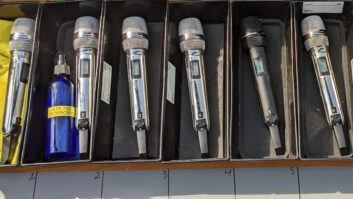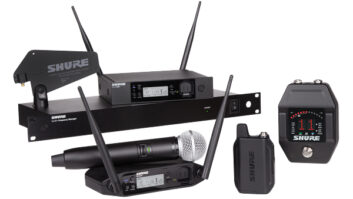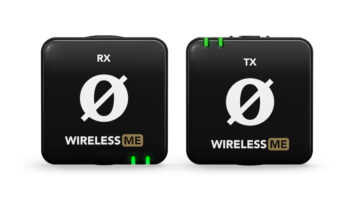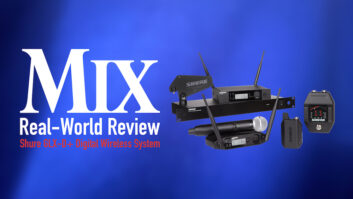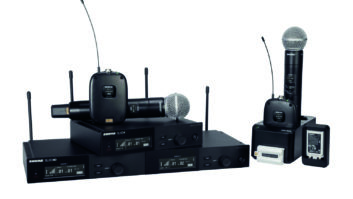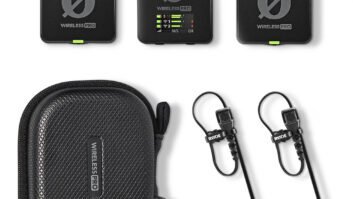Washington, DC (May 1, 2014)—Wireless microphone and IEM operators are about to discover how much UHF spectrum they are likely to lose next year when the FCC votes on the framework of rules for next year’s Broadcast Television Spectrum Incentive Auction on May 15.

The Federal Communications Commission’s plan is to encourage television broadcasters to offer up part or all of their current frequency allocations in the 600 MHz band then repack the spectrum into contiguous chunks that can be auctioned off to telecommunications providers. The proposal comes only a few years after the FCC mandated that wireless audio equipment users vacate the 700 MHz band as a result of the transition to digital television broadcast, necessitating the purchase of new RF systems or tuning modifications to existing equipment.
The announcement of a date for the vote on the proposed Report & Order (R&O) finally put to rest one question regarding the Incentive Auction. Yet questions remain as to the accommodations that the FCC might extend to wireless audio equipment operators.
Earlier this year, the DTV Audio Group announced that it had established a working group to promote discussions with the FCC’s Office of Engineering and Technology to identify what frequency spectrum will be made available to wireless mic users in the long term. The working group includes broadcast network partners, frequency coordinators and end-users, and wireless microphone manufacturers and service providers including Broadcast Sports, Inc. (BSI), CP Communications, Broad Comm, Frequency Coordination Group, Audio-Technica, Lectrosonics, Sennheiser and Shure.
As Roger Charlesworth, executive director, DTVAG, cautioned, “We’re losing 120 MHz of UHF spectrum, and that’s just the way it is.”
The draft R&O proposes making the 600 MHz guard bands—between the paired 5 MHz uplink/downlink blocks that will be created—and channel 37—currently used for radio astronomy and medical telemetry—available for use nationwide by any unlicensed devices, not just wireless microphones. The FCC anticipates a separate rulemaking process “to consider changes to existing technical rules to govern the use of unlicensed devices in the 600 MHz band and channel 37 while protecting other users on the same or adjacent frequencies.”
One recent online report quoted an unnamed senior FCC official as stating that between 12 MHz and 20 MHz of spectrum could ultimately be available for unlicensed use. However, the guard and duplex band spectrum that could eventually become available for unlicensed use will vary geographically depending upon which broadcasters choose to participate in the initial reverse auction in each market.
The working group is pressing the FCC to protect some spectrum for exclusive wireless mic operation, especially by ENG crews, but, said Charlesworth, “This is unlikely to be more than 12 MHz.” That is “a drop in the bucket in terms of the hundreds and hundreds of frequencies we use for an NFL game or in-studio production,” he noted. Such productions typically require as much as 300 or even 350 MHz of wireless frequency spectrum, he said.
Future frequency spectrum available for unlicensed use, including by wireless mic operators, will need to be managed similarly to the current so-called white spaces, through the authorized geolocation databases established following the transition to digital television in 2010. The working group has requested that the FCC expand and update its licensing rules to provide professional operators with protection against interference through database registration, and to speed up operation of the database through amendments to the FCC’s white space rules.
It does appear that the FCC may heed concerns regarding the speed with which wireless mic users might be expected to vacate the 600 MHz band. The draft R&O suggests that wireless mic users may be allowed to continue operating in the 600 MHz band until the new spectrum owners begin to use it.
FCC
www.fcc.gov
